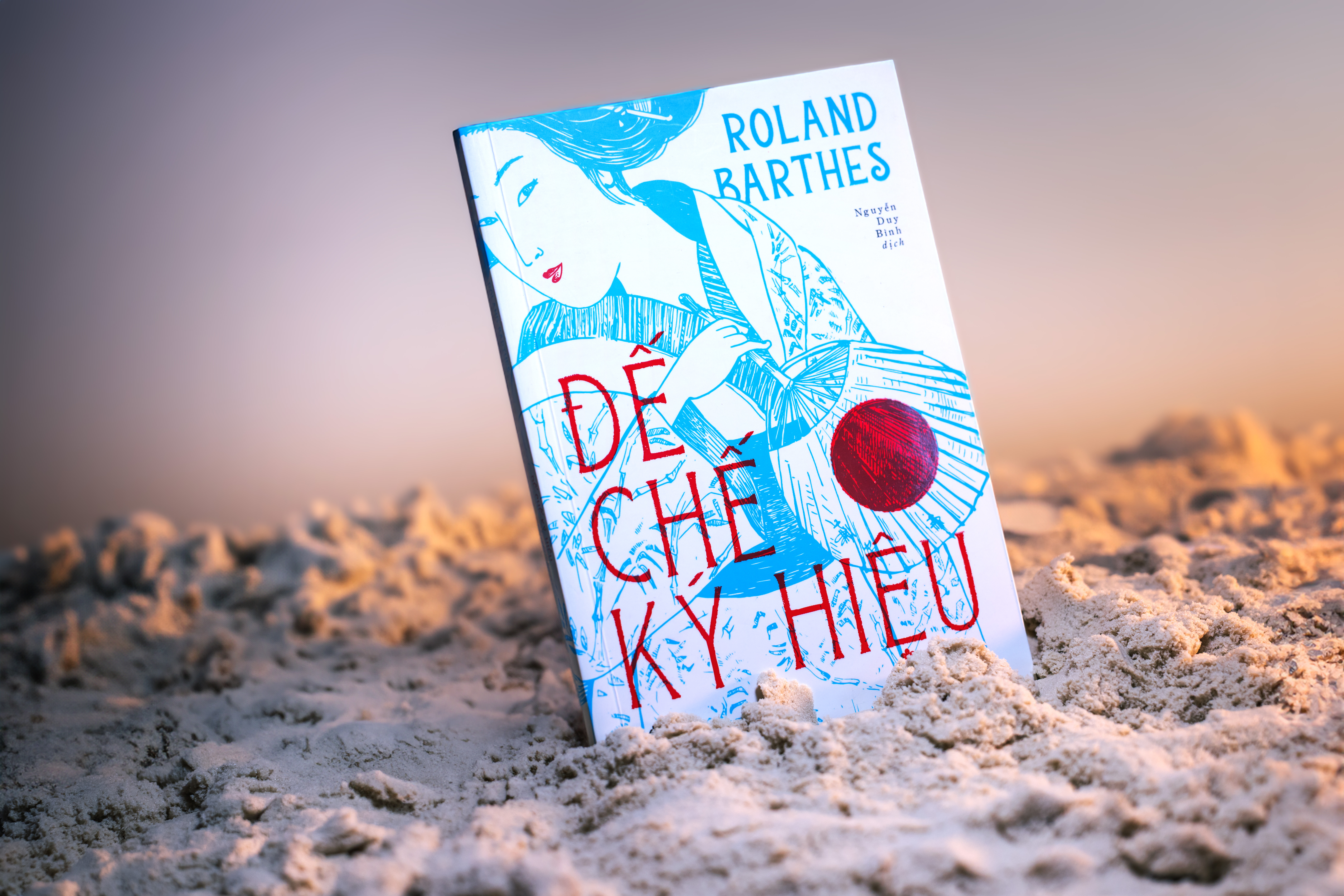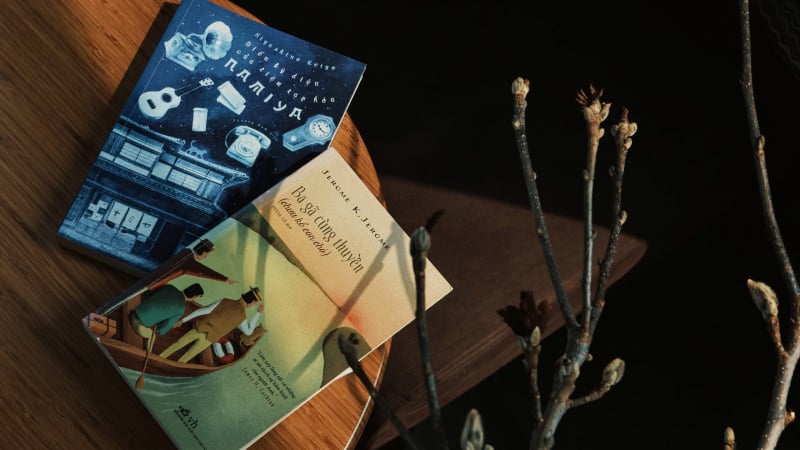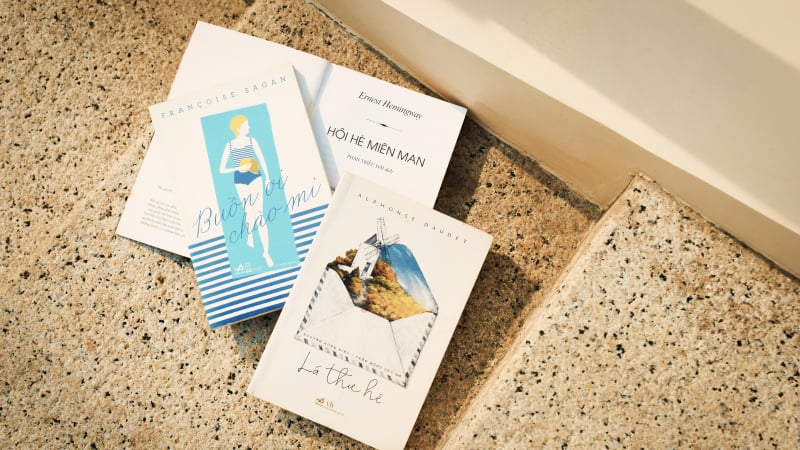With two completely different approaches, one as a semiotician, looking at Japan with a “reading” eye and seeing it as his own Japan, trying to interpret the symbols he found, the other as a writer, a researcher, writing a novel based on a real Geisha’s memoir and receiving both glory and… trouble. The Western perspective when placed on the mysterious East seems as if there will always be a thin, translucent layer of fabric placed in front, it is both a challenge and a constant stimulation, a test to see who will dare to lift the veil of secrecy and not wrinkle the fabric that is part of the beauty of Asia.
Roland Barthes and a Japan through signs
Roland Barthes is a great name in the history of literature and philosophy of the 20th century, he is famous for his semiotic research and analysis of a series of sign systems.Empire of Symbolsis the result of this long visit to Japan at the invitation of the writer Maurice Pinguet – who was then the director of the Franco-Japanese Institute in Tokyo. The book was published in 1970 and is considered one of his masterpieces.

The Japanese painting in Roland Barthes's work appears both… strange and unique.
The book consists of 26 separate articles, each piece of literature is where Roland Barthes describes and expresses his thoughts and emotions around each cultural feature of Japan, from the tangible to the performing arts, including: Strange Language, Package, Slot, Written Face, Chopsticks, Pachinko, Three Ways of Writing, Central Dish, Perception/Insensibility, Inside/Out, Bowing, Cracking Meaning, Exemption of Meaning, Accessories, Stationery Store, Writing by Violence, Chamber of Signs...
The picture of Japan in Roland Barthes's work appears both… strange and unique. Many readers commented that when readingEmpire of Symbols, they almost no longer recognize Japan, even though they themselves have traveled here. However, Roland Barthes' colorful and unique prose, pure and sophisticated, is the highlight that creates the attraction of the work. Roland Barthes determined from the beginning that he did not try to describe or analyze anything about Japan, but simply translated what he felt, in a very personal, very narrative way of his own.
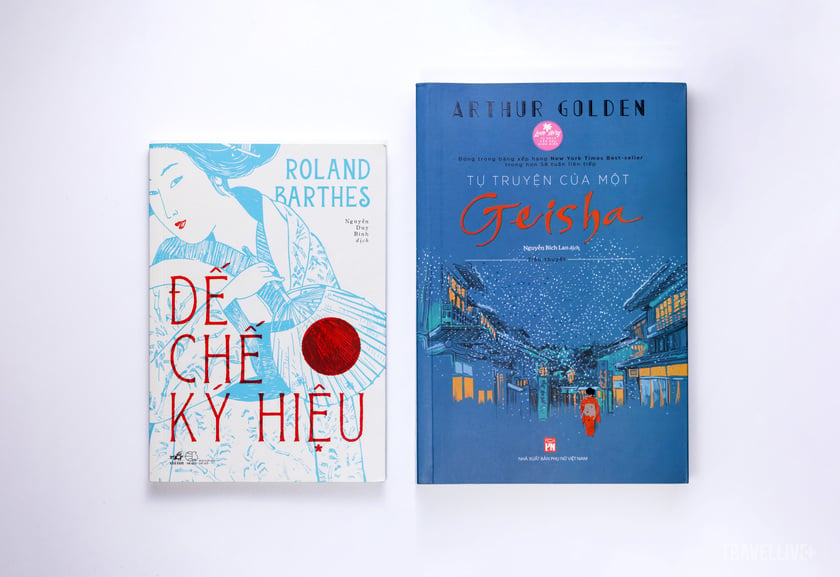
Many readers commented that when reading The Empire of Japan, they almost no longer recognized Japan.
Let's read a passage where he describes the famous Japanese dish tempura: "Tempura escapes the meaning that we usually associate with fried food, that is, heaviness. The batter finds its essence there as a flower that has been dispersed, diluted, lightened to the point of becoming milk, not a thick substance; in contact with oil, that shimmering golden milk is so fragile that it covers the food imperfectly, revealing the pink of the shrimp, the green of the chili, the brown of the eggplant, thereby depriving the fried food of the Western-style batter, that is, the shell, the covering, the characteristic.".
Not getting bogged down in explaining the taste or how to prepare tempura like other purely travel books, Roland Barthes chose to present Japanese tempura as an object of semiotic research, and each sign that appears is captured and interpreted by the author in his own way, separated from the context and identity where it belongs.

“Japan, that Japan, his Japan – for Roland Barthes – is the utopia of desire”
Similarly, as Roland Barthes compared Bunraku puppetry to Western forms of puppetry. Bunraku is one of Japan's traditional theatrical arts, inscribed on the UNESCO List of Intangible Cultural Heritage of Humanity in 2003. Similar to kabuki, bunraku flourished during the Edo period (1603-1867) and is considered the most sophisticated puppetry in the world. The puppets are half or two-thirds life-size and are operated by puppeteers. The “Tayu” - the narrator will take care of the voices of each character and the music will be played on the shamisen, a famous 3-stringed instrument in Japan.
If in the West, performances always focus on the details of the transformation and make the audience forget that this is just a performance, then in Japan, under the perspective of Roland Barthes, Bunraku puppets want to show off artistic labor through the presence of a person next to the puppet. According to Roland Barthes, acting is both invisible and visible, Japan is bringing the spirit of the stage to life and in its proper role through this type of puppetry.

Roland Barthes opened a "private room" to freely paint his own picture of the rising sun.
One of the unique interpretations inEmpire of Symbols, that is when Roland Barthes said that going to a foreign place where the language barrier was great for him to avoid looking stupid and ridiculous. Then there is his insight into Japanese raw food cuisine, where the only act of preparation is “cut”, without any further invasion like Western cuisine.
Writer Maurice Pinguet commented on this work by Roland Barthes as follows: “Japan, that Japan, his Japan – for Roland Barthes – is the utopia of desire.".
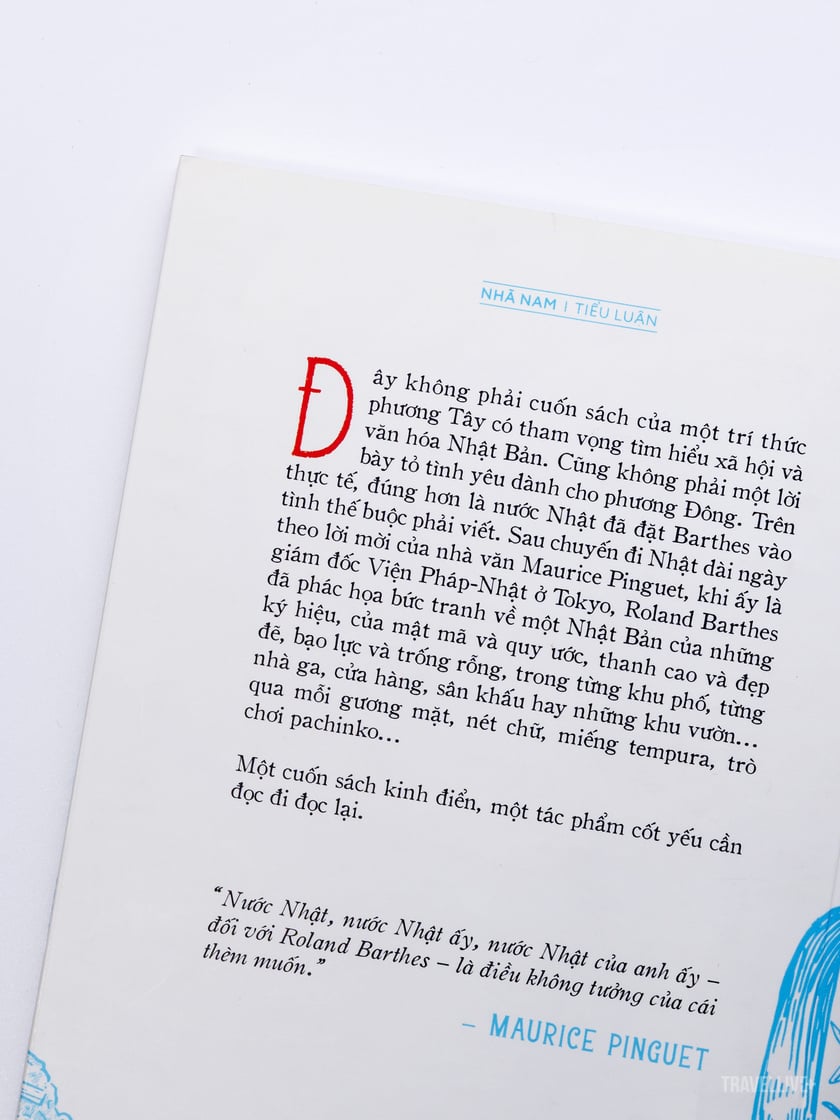
"Empire of Symbols" brings a very unique and different Japan
ReadEmpire of SymbolsWe will always waver between the two states of reality and dream. Because the image of Japan that appears is both real and vague, a Japan that seems not to exist in reality but in the mind and genius vision of Roland Barthes, now he has pulled it out into words, displayed on the page. This writing and thinking style of Roland Barthes seems to open a "private room" for himself, so that he can freely draw his own picture of the rising sun without worrying that the colors in that picture will encroach on reality. Roland Barthes himself andEmpire of Symbolsis a beautiful example of how we can combine our own feelings and observations while still respecting the unique culture of each strange land. AndEmpire of SymbolsNot only does it bring a very unique and different Japan, it is also an endless source of inspiration for all travelers around the world to see and observe.
Arthur Golden and the Misconceptions About Geisha
In the opposite direction, the novelMemoirs of a Geisha, has the Vietnamese titleMemoirs of a Geishaor just resold with another titleAutobiography of a GeishaFrom author Arthur Golden, it was embroiled in controversy over a Western man's look at Japan and especially the Geisha, even leading to litigation.

The writing in Arthur Golden's Memoirs of a Geisha is sharp and engaging.
Author Arthur Golden graduated from Harvard University with a degree in art history, specializing in Japanese art. In 1980, he earned a bachelor's degree in Japanese history and worked in Tokyo for a while. To writeMemoirs of a Geisha, he spent fifteen years researching and interviewing directly with Mineko Iwasaki, who was also the real-life model for the girl Chiyo in the story.
Text inMemoirs of a GeishaArthur Golden's novel is sharp, engaging, and tells a love story with many poetic ups and downs, along with colorful descriptions of the lifestyle of Geisha girls and a Japan lit up with colors of kimonos and elegant brooches. In 1997, when the work was released, it quickly achieved bestseller status, selling 4 million copies in the US, translated into 32 languages, and adapted into a film.

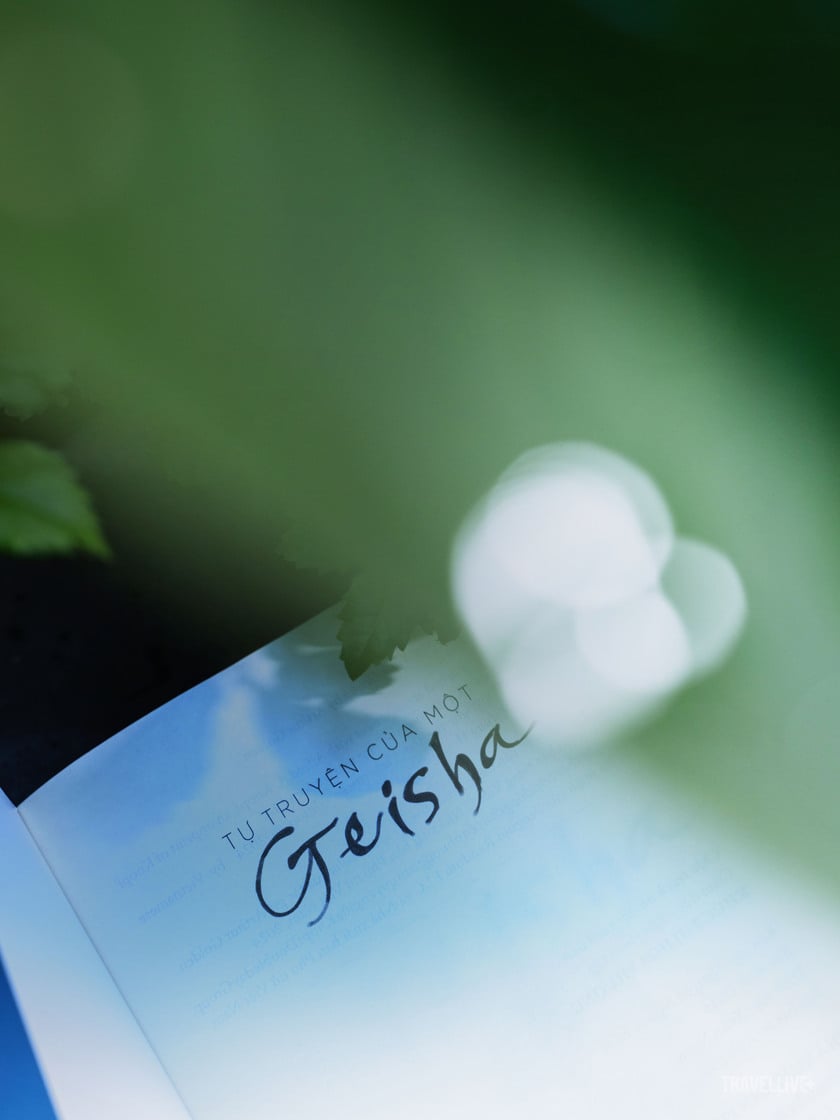
Yet Arthur Golden was sued by the very person he interviewed and used his image and story to write a book, for two reasons: distortion and defamation.
To be fairMemoirs of a GeishaArthur Golden's book not only satisfies readers in terms of literature but also helps readers have a comprehensive view of the differences between Japanese society before and after World War II. The long-standing traditions, cultural customs and Geisha/Geiko training courses in the land of the rising sun are also described so that readers can imagine the world that always contains many secrets.
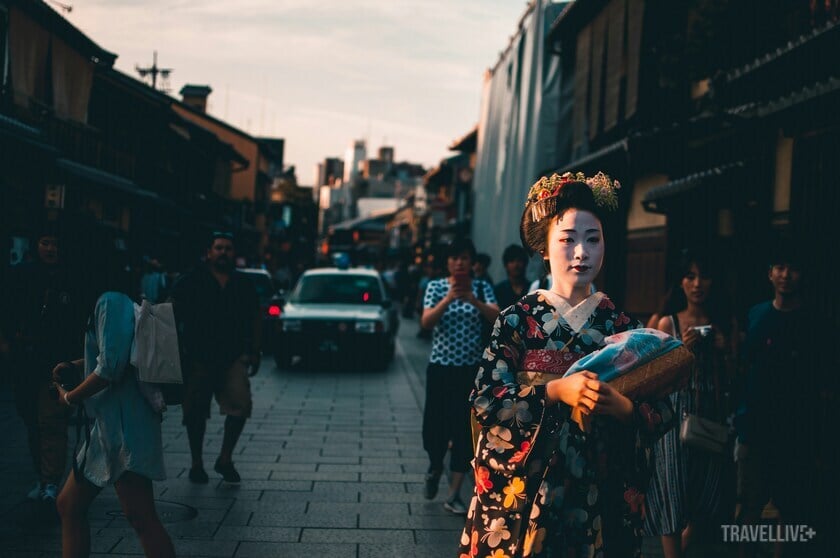
Geishas and a colorful Japan lit up by elegant kimonos and brooches
However, it was at this point that Arthur Golden was found guilty by Ms. Mineko Iwasaki. The image of Geisha inMemoirs of a Geishaeasily mistaken for a brothel prostitute, because his story focuses on the contradictions of women, that Geisha practice music, chess, calligraphy, and painting to attract men's attention. Besides, the detail of Geisha selling her virginity is a detail that has sparked much controversy.
Geisha in Japan appeared a long time ago and the Edo period, this is also the period considered the most prosperous period of this profession. The reason for the birth of Geisha is because the noble Samurai class, always resilient and strong in fighting, during this period needed relaxation and entertainment after hours of fighting for the reputation of the family. From there, Geisha appeared to satisfy this need. Professional Geisha are portrayed as multi-talented, skilled and sophisticated people. The form of meeting Geisha is considered the most high-class and upper-class in the Edo period. In Arthur Golden's work, the context takes place at the time of transition to World War II and the author's interpretation has also made many people mistakenly think that the time in the work is the peak period of this profession, but it is not at all.

Geisha are girls skilled in dancing, singing, and playing traditional musical instruments.
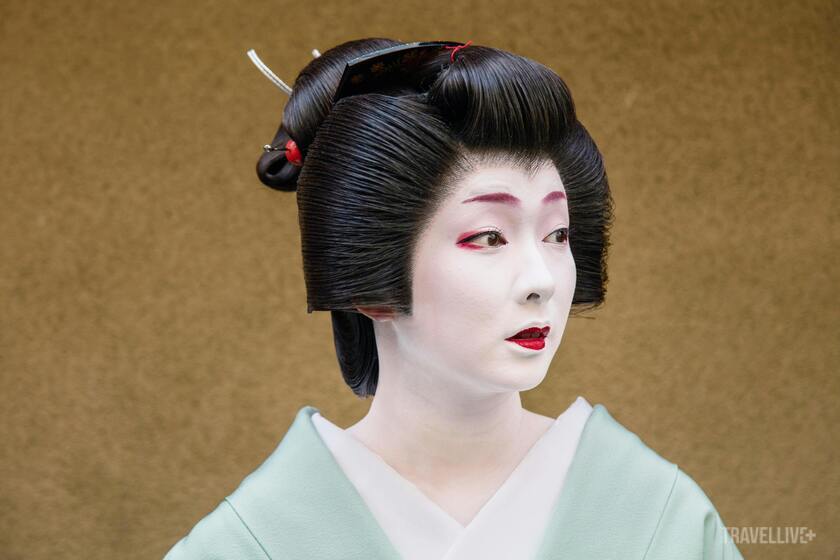
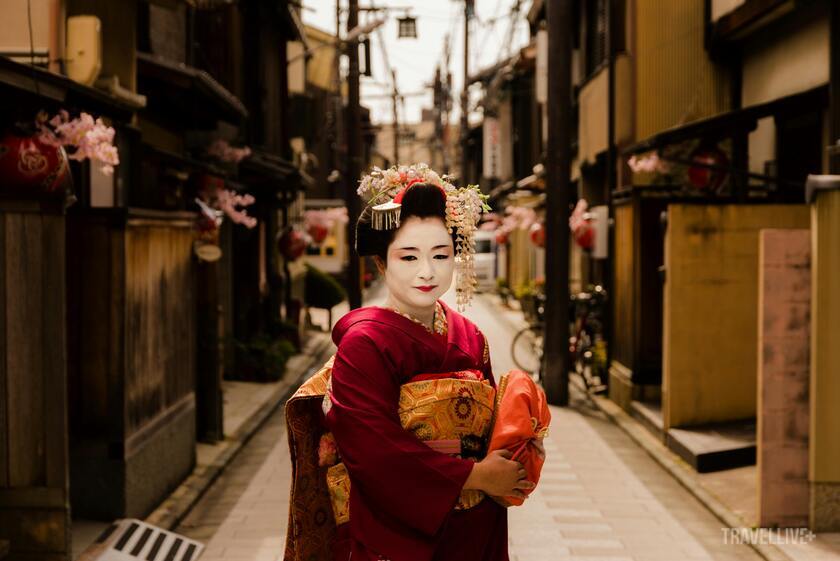
Geisha, if called in Kansai language isGeikoorGeiki(meanartist) These are girls who are skilled in dancing, singing, playing traditional musical instruments, especially in speaking gracefully and are responsible for leading the conversation at upper-class parties. They are not just entertainers, but on the contrary, they must be refined, well-spoken and skillful. Geisha rarely appear on the street and never use public transport. Geisha always wear a thick layer of makeup, bright red lipstick, black and red eyeliner, they wear kimono, do not marry and work for patrons. And most importantly, they do not work as courtesans (in Japan called Oiran). Another note is that Geish only serve at drinking parties, while tea parties are for Maiko (apprentices to become Geisha).
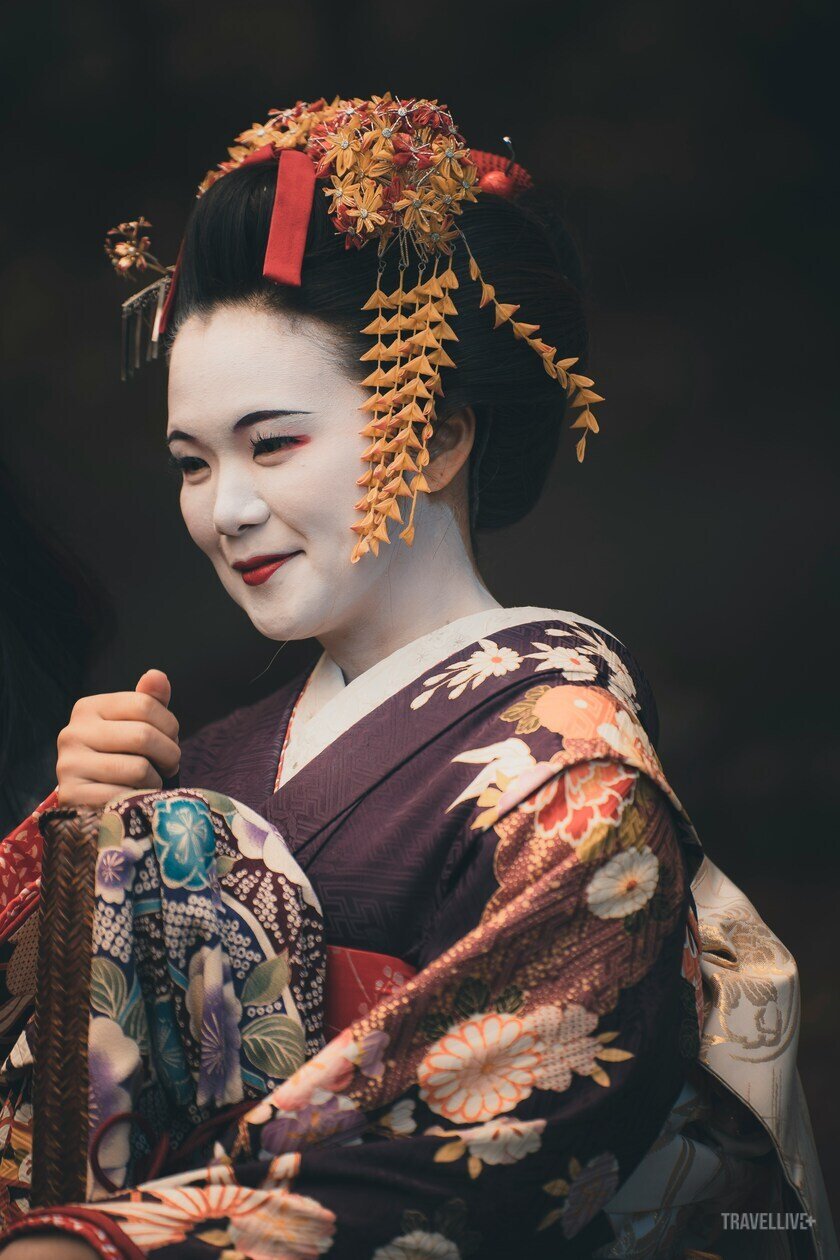
Geisha always wear thick makeup, bright red lipstick, black and red eyeliner, wear kimono, do not marry and work for patrons.
Those who love the author and the work might seek to defend Arthur Golden by saying that “Anyway, under the title "Memoirs" he could have added the word "novel"”. This is a way of defending that Arthur Golden has fictionalized and romanticized Mineko Iwasaki's story, turning it into a story with many suspenseful elements and completely based on his perspective. Mineko Iwasaki's narration is just raw material for Arthur Golden to rewrite.
However, although a romantic soul can be excused, betrayal is very difficult to forgive. Mineko Iwasaki asked him to keep her identity secret, but the author, for some incomprehensible reason, revealed her name. That was a betrayal to Mineko Iwasaki. She filed a lawsuit and won. The ransom amount was not disclosed. As for retired Geisha Mineko Iwasaki, she started writing two autobiographies, Geisha, a Life, published in the US and Geisha of Gion published in the UK. Both books became bestsellers, as a response and "vindication" of the false images of Geisha in Arthur Golden's novels. Both works have not yet been translated and published in Vietnam.
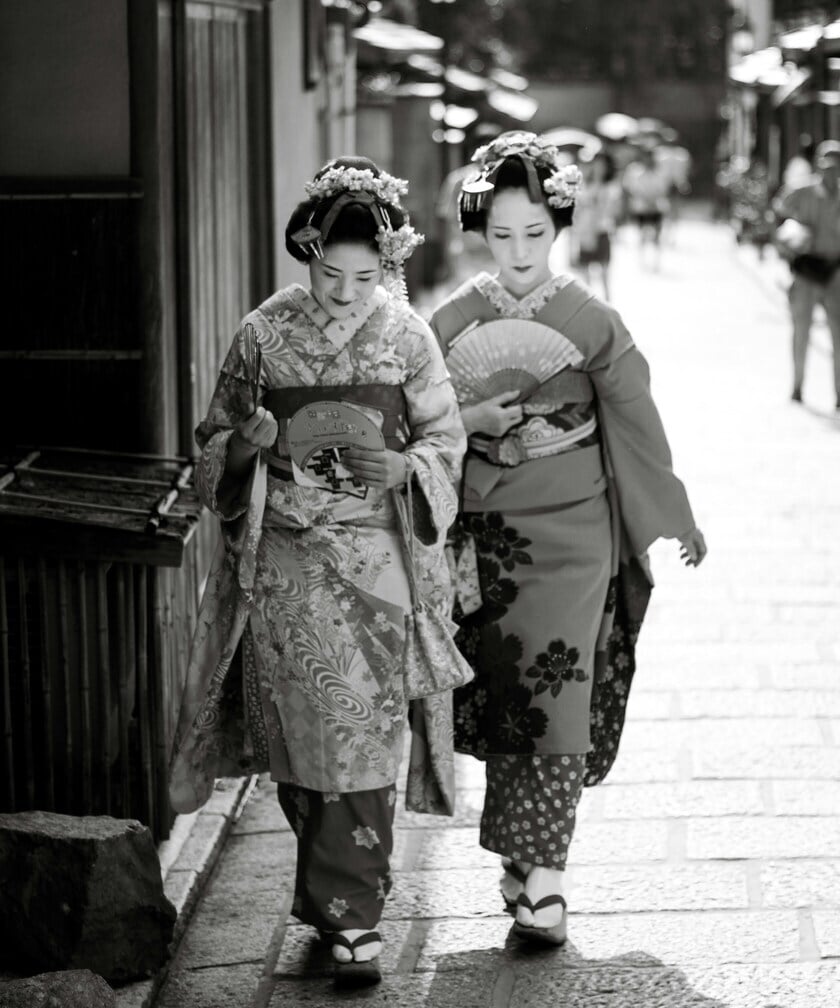
Many Japanese people have asserted that if you are Japanese, you will not be able to like the work.Memoirs of a Geishafrom the novel to its film version (with the participation of three top Chinese stars Michelle Yeoh, Gong Li, Zhang Ziyi). This is perhaps not too strange for a country like Japan, where culture is deeply rooted in the identity of each person, they will easily recognize the confusion and fill in the gaps in knowledge of foreigners when looking at their culture.
That proves that if compared thenEmpire of SymbolsRoland Barthes's book was very subtle and intelligent when he identified from the beginning that this was his own Japan, written in the name of a foreigner visiting and feeling this colorful land of the rising sun. Roland Barthes's move will help him avoid accusations of cultural appropriation or cultural distortion, because it is all just his own Japan.

Another note is that Geish only serve at drinking parties, while tea parties are for Maiko (apprentices to become Geisha).
CONCLUDE
In The Sand Collection, Italo Calvino wrote about traveling: “Traveling does not make us knowledgeable (I knew this early on; I did not need to go to the Far East to prove it) but it does activate a second time our ability to read the world visually with our eyes.".
When we do not just look at the world but we are reading it, or more specifically reading a country, a place, a culture, we will easily insert into it our own very own feelings that only we have. This is similar to when we read novels, read literature, each story will be interpreted in a very unique way in each person's mind.
That is why we always crave to travel, no matter how many times others have been there and shown us about that place. Because nothing is real if we have not seen it with our own eyes, no image will be expressed if it is not read by our own eyes. Although sometimes we will read it wrongly (like Arthur Golden) or read it in an aesthetic way (like Roland Barthes), the good news here is that because of the unexploitable mystery of every culture, we will never feel bored with the beauty of life. Our steps are always urged to go on the road, so that our eyes can both see and experience reading a place, a world.






